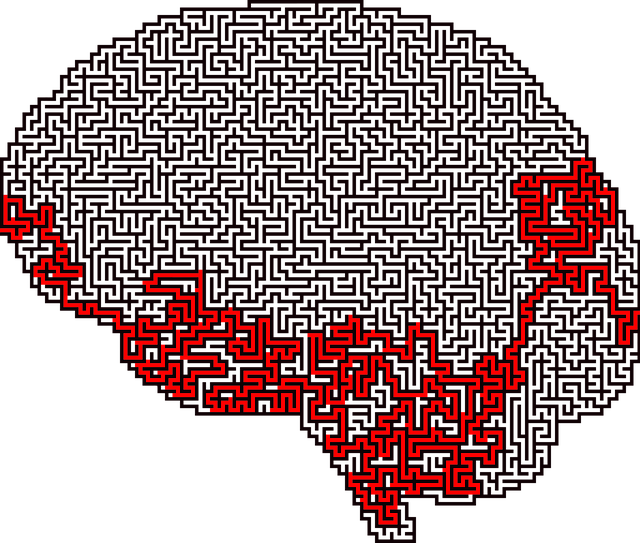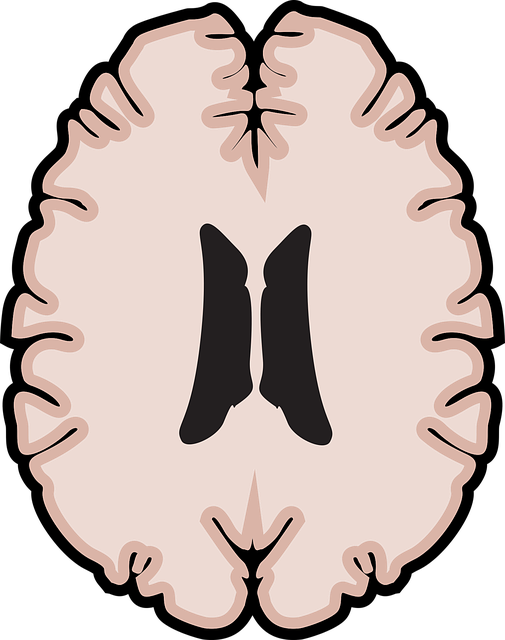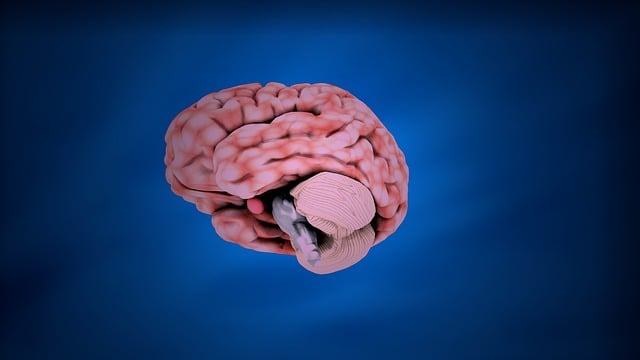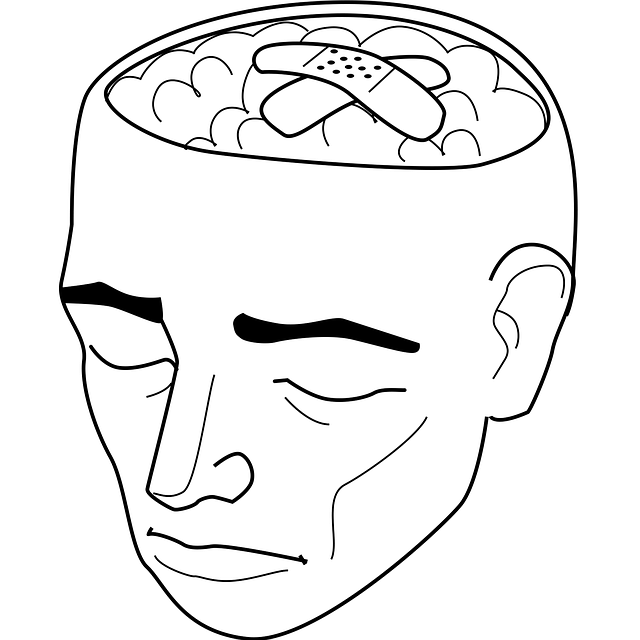Bipolar disorder, with its extreme mood swings, presents diagnostic challenges due to varied symptoms that overlap with other conditions. Longmont Bipolar Disorder Therapy requires a nuanced approach, emphasizing cultural sensitivity and compassion cultivation to create safe spaces for open communication. Through tailored self-care practices, structured routines, exercise, and mindfulness, individuals gain tools to recognize early warning signs, maintain stability, and improve quality of life. Accurate diagnosis in Longmont Bipolar Disorder Therapy involves training professionals, promoting mental wellness journaling, and teaching burnout prevention techniques for timely interventions.
In the pursuit of enhancing mental health care, improving diagnosis accuracy is paramount, especially for complex conditions like bipolar disorder. This article explores various facets of this critical issue, focusing on bipolar disorder as a case study. We delve into the challenges surrounding its diagnosis, highlighting common misconceptions and overlooked symptoms. Additionally, it examines advancements in assessment tools, the role of technology, and the significance of professional development, collaboration, and patient support in Longmont Bipolar Disorder Therapy.
- Understanding Bipolar Disorder: Symptoms and Challenges in Diagnosis
- – Defining bipolar disorder and its impact on individuals
- – Common misconceptions and symptoms often overlooked
Understanding Bipolar Disorder: Symptoms and Challenges in Diagnosis

Bipolar Disorder, a mental health condition characterized by extreme mood swings, presents unique challenges when it comes to diagnosis. The symptoms can be varied and often overlap with other disorders, making it a complex diagnosis. For instance, individuals experiencing manic episodes might display heightened energy, rapid speech, and impulsive behavior—similar to signs of anxiety or even hyperactivity. Conversely, depressive phases can resemble major depressive disorder, further complicating the process. This complexity demands a nuanced approach in mental healthcare settings, particularly in Longmont Bipolar Disorder Therapy.
Cultural sensitivity plays a pivotal role in improving diagnostic accuracy. Mental illness stigma reduction efforts have highlighted the impact of cultural background on how symptoms manifest and are perceived. For example, what constitutes ‘manic’ behavior can differ across cultures. Thus, therapists must be adept at incorporating compassion cultivation practices to create safe spaces for patients to express their experiences without fear of judgment. This understanding fosters open communication, enabling a more precise assessment and tailored treatment plans.
– Defining bipolar disorder and its impact on individuals

Bipolar disorder is a mental health condition characterized by extreme mood swings, ranging from high manic episodes to low depressive states. Individuals with bipolar disorder experience intense emotional shifts that can significantly impact their daily lives and relationships. During manic phases, people may feel euphoric, energetic, and impulsive, often engaging in risky behaviors without considering the consequences. Conversely, depressive periods are marked by profound sadness, hopelessness, and a loss of interest in activities once enjoyed. This cyclical nature of symptoms can lead to difficulties in various aspects of life, including work, education, and social interactions.
Understanding bipolar disorder is crucial for effective Longmont Bipolar Disorder Therapy. Recognizing the unique challenges faced by those with this condition involves fostering inner strength development and implementing self-care practices tailored to manage mood swings. By prioritizing anxiety relief through therapy and lifestyle adjustments, individuals can learn to recognize early warning signs, maintain stability, and improve overall quality of life. Self-care strategies, such as structured routines, regular exercise, and mindfulness practices, play a vital role in supporting mental health and enhancing resilience against bipolar disorder’s impact.
– Common misconceptions and symptoms often overlooked

Many individuals struggling with mental health issues face challenges due to common misconceptions and misdiagnoses. Often, certain symptoms are overlooked or attributed to other causes, leading to delays in accurate diagnosis and treatment. For instance, bipolar disorder may present itself not just through intense mood swings but also subtle changes in energy levels and sleep patterns, which could be easily mistaken for stress or fatigue. This is particularly relevant in Longmont Bipolar Disorder Therapy, where recognizing these nuanced symptoms is crucial for effective management.
The pressure to conform to societal norms further complicates the picture. Many people, especially those from younger generations, might experience what’s known as burnout—a state of emotional, physical, and mental exhaustion—without realizing it could be an early indicator of an underlying mental health issue. Efforts towards improving diagnosis accuracy involve not just training healthcare professionals on recognizing complex presentations but also promoting mental wellness journaling exercises to help individuals track their emotions and behaviors. This proactive approach, coupled with guidance on burnout prevention and mood management, can significantly enhance the speed and reliability of diagnoses, ensuring timely interventions for those in need.
In efforts to enhance mental illness diagnosis accuracy, particularly for bipolar disorder in Longmont, a deeper understanding of this complex condition is imperative. By addressing common misconceptions and recognizing the nuances of its symptoms, healthcare professionals can significantly improve diagnostic outcomes. Early and precise identification of bipolar disorder is pivotal in fostering better patient care, enabling personalized treatment plans, and ultimately improving quality of life for those affected by this challenging condition.














